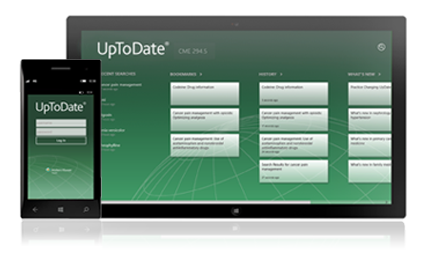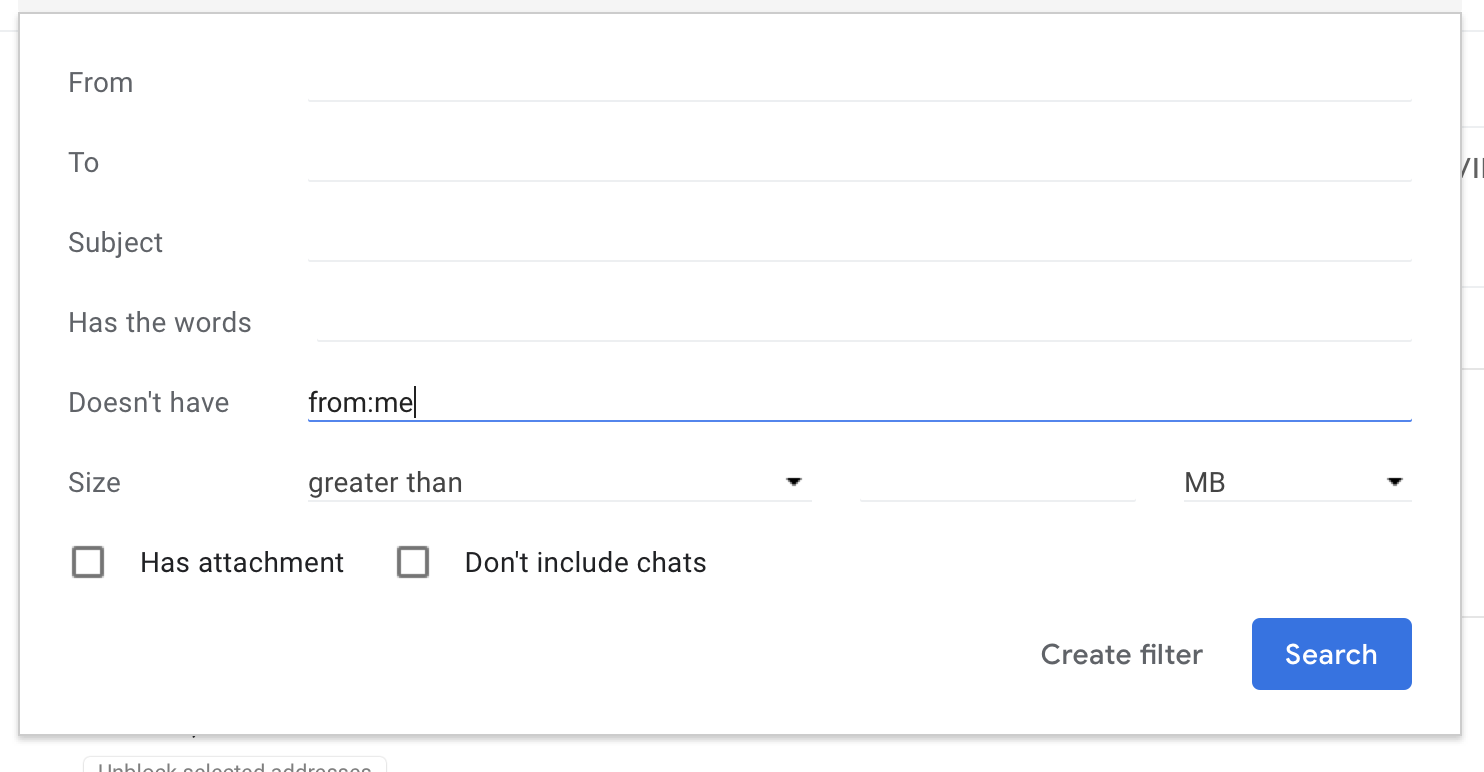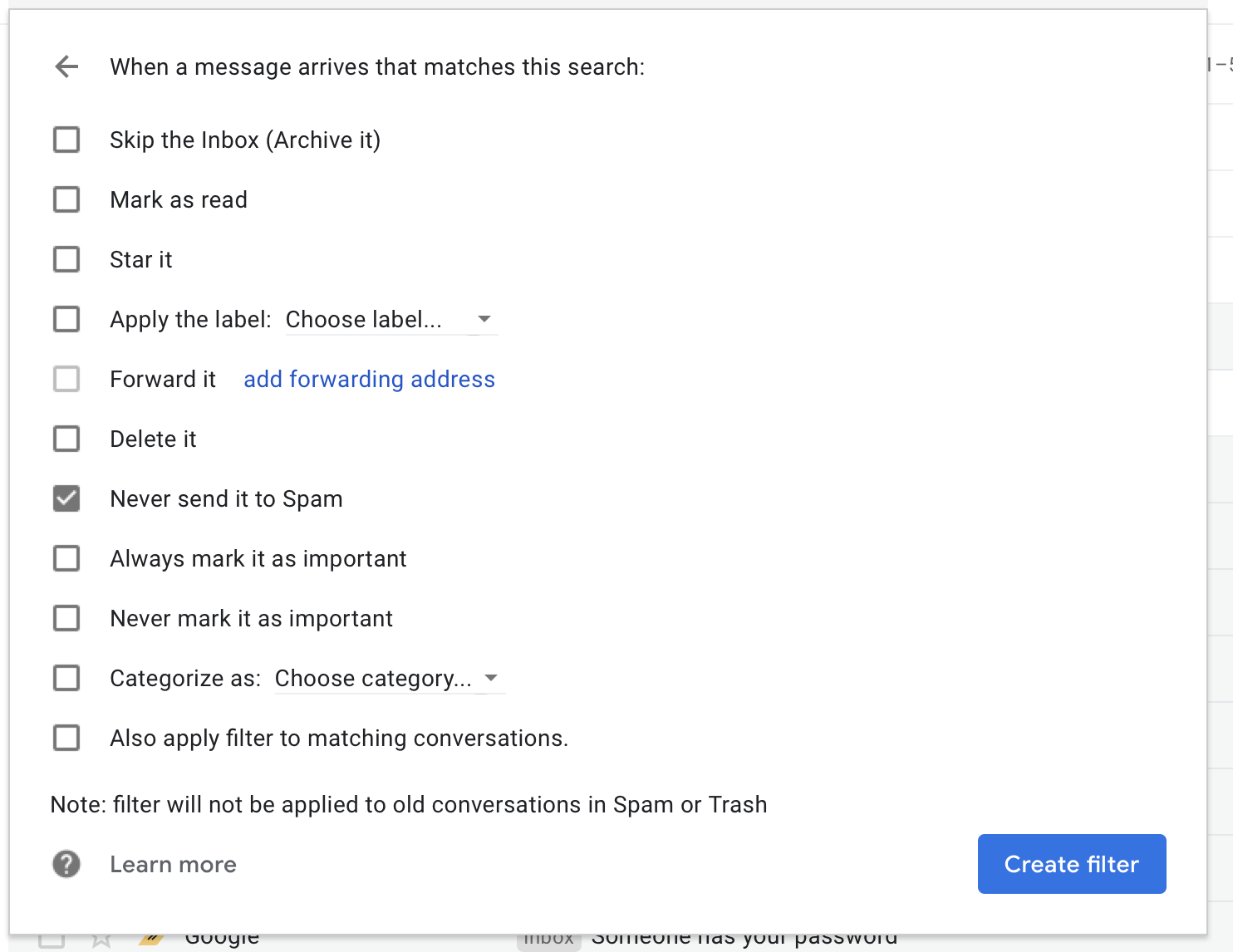Occupational Asbestos Exposure
According to the National Institute for Occupational Health and
Safety, more than 75 occupational groups have exposed workers to
asbestos. The effect of daily exposure over the span of a career has led
many workers to develop asbestos-related diseases, including
mesothelioma, lung cancer and asbestosis. Learn more about the
occupations and industries that place people at risk of asbestos
exposure.
75+
Occupational Groups
Exposed Workers to Asbestos
National Institute for Occupational Health and Safety
National Institute for Occupational Health and Safety
The Asbestos Epidemic
Throughout the 20th century, asbestos was incorporated into thousands of construction, commercial and household products, including fire-retardant coatings, concrete and cement, bricks, pipes, gaskets, insulation, drywall, flooring, roofing, joint compound, paints and sealants. It exists in electrical appliances, plastics, rubber, mattresses, flowerpots, lawn furniture, hats and gloves.










